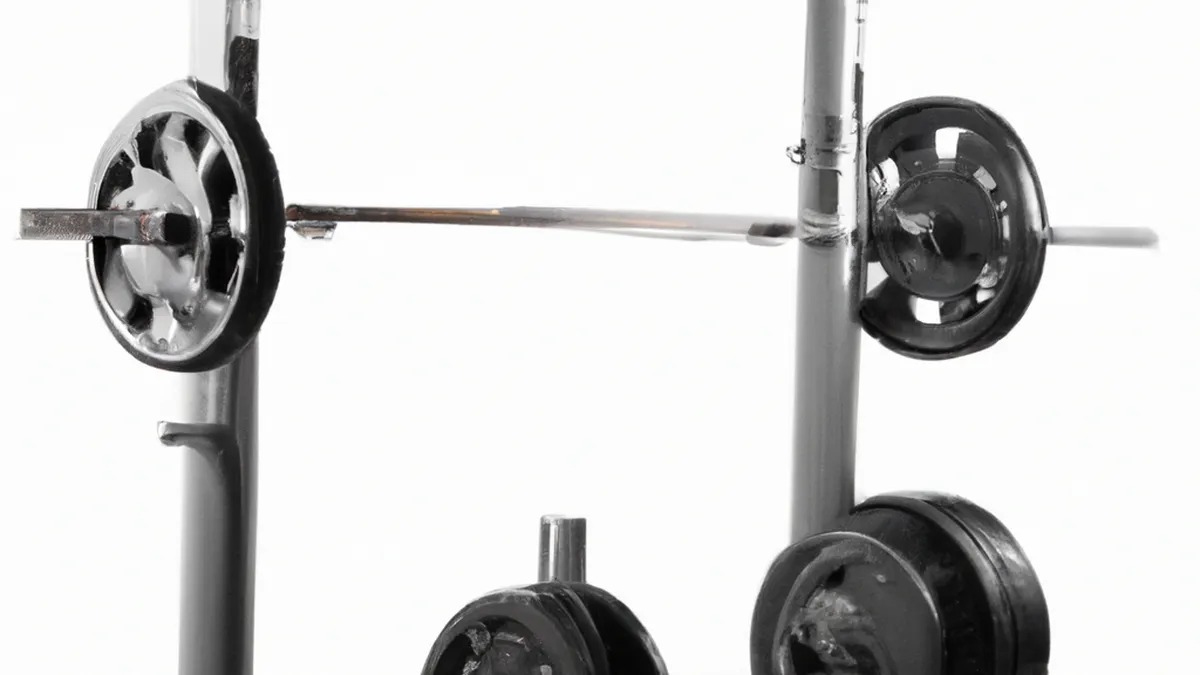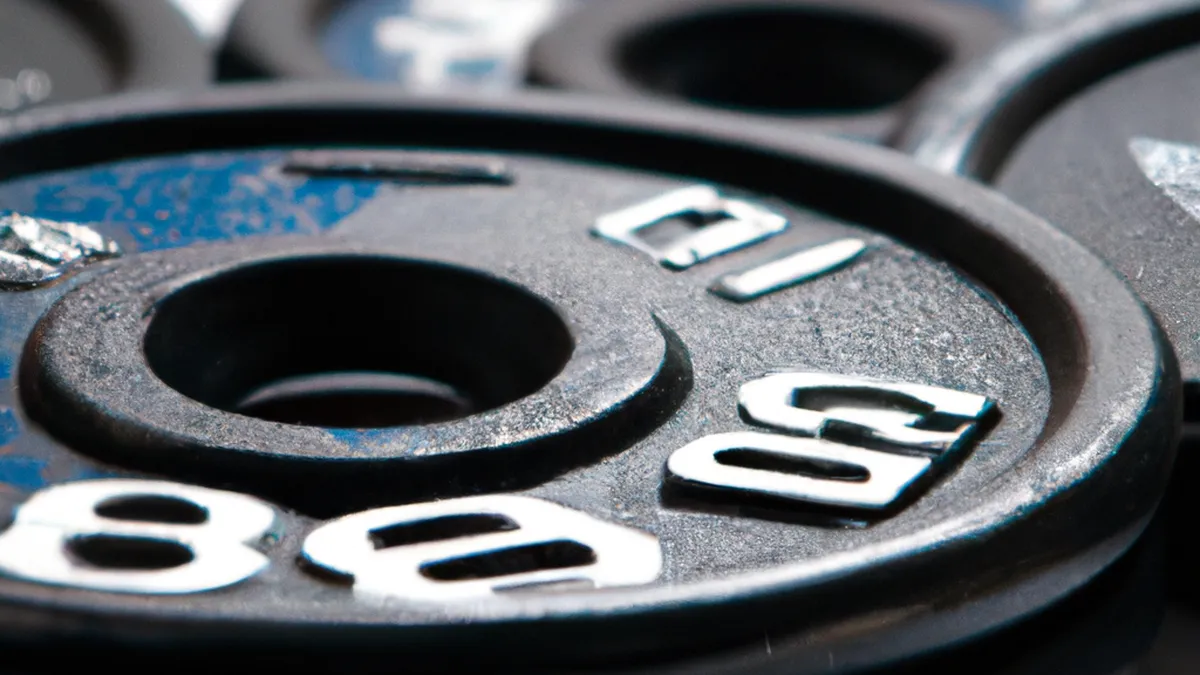Educate Young Runners About Super Shoes
How to Encourage Responsible Use of Super Shoes Among Young Runners
Super shoes have transformed the running world. They promise enhanced performance through advanced technology, allowing athletes to run faster and longer. Young runners must use these shoes responsibly to avoid injuries and promote healthy habits. This blog post explores how to encourage responsible use among young athletes through education, guidelines, balanced training, progress monitoring, and understanding shoe benefits.
Understanding Super Shoes
Super shoes feature carbon-fiber plates and cushioned soles to improve running economy and speed. While they offer performance benefits, young athletes must recognize their limitations. Many young runners want to use super shoes for a competitive edge, but improper use can lead to injuries.
Educate Young Runners
Education promotes responsible shoe use. Young runners should learn how super shoes work and their intended purpose. Simplifying complex concepts helps them grasp the technology behind these shoes. For example, explaining how the carbon-fiber plate propels runners can spark their interest.
Young athletes should also learn about proper training regimens and running form. Understanding efficient running is vital for performance and injury prevention.
Consider organizing workshops focused on super shoes and running techniques. Invite experienced runners, coaches, or sports scientists to share insights. A hands-on approach will enhance understanding and foster community among young runners, instilling a culture of learning.
Set Clear Guidelines
Establish clear guidelines for responsible shoe use. Set rules about when and where to wear super shoes. Encourage young athletes to use them only for races or high-intensity workouts. This practice helps them appreciate the shoes’ benefits while minimizing injury risk.
Emphasize gradual adaptation to these shoes. Suggest young runners start with shorter distances. As they adjust to the shoes, they can gradually increase mileage. This approach promotes safety and helps prevent injuries.
Promote Balanced Training
Encouraging balanced training is vital for responsible super shoe use. Young athletes should not rely solely on super shoes for performance improvement. Encourage them to use various footwear in their training regimen. Training shoes with less cushioning can strengthen their feet and lower legs.
Cross-training also promotes overall fitness while reducing burnout risk. Engaging in sports like cycling, swimming, or strength training enhances cardiovascular endurance and muscular strength without the stress of running.
Conclusion
Encouraging responsible super shoe use among young runners requires education, guidelines, and balanced training. By fostering understanding and safe practices, we can promote healthy running habits and prevent injuries.
Below are related products based on this post:
FAQ
What are super shoes, and how do they benefit young runners?
Super shoes are advanced running shoes that feature carbon-fiber plates and cushioned soles designed to enhance running economy and speed. They can help young runners perform better by allowing them to run faster and longer, but it’s essential for them to understand the shoes’ limitations and use them responsibly to prevent injuries.
How can young runners learn to use super shoes responsibly?
Young runners can learn to use super shoes responsibly through education about how the shoes work and their intended use. Organizing workshops with experienced runners, coaches, or sports scientists can provide valuable insights. Additionally, educating them on proper training regimens and running form is crucial for performance and injury prevention.
What guidelines should be established for young athletes using super shoes?
Clear guidelines should be set for when and where to wear super shoes, recommending their use only for races or high-intensity workouts. It’s also important to encourage gradual adaptation to these shoes by starting with shorter distances and progressively increasing mileage, which helps promote safety and reduces the risk of injuries.















Post Comment